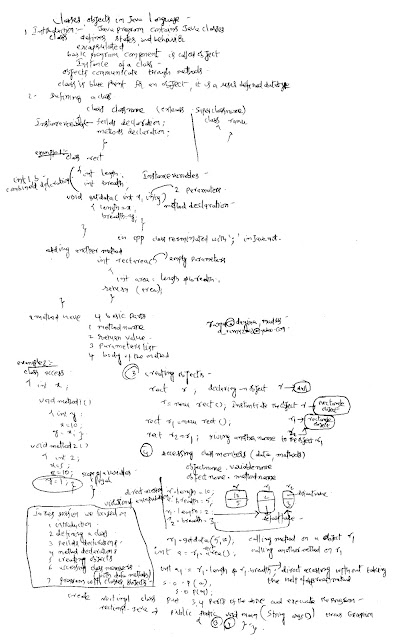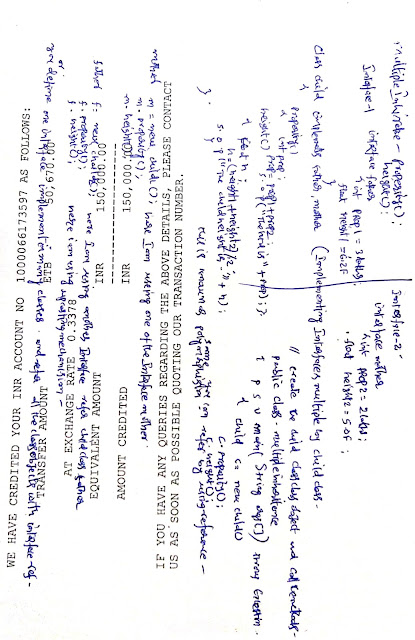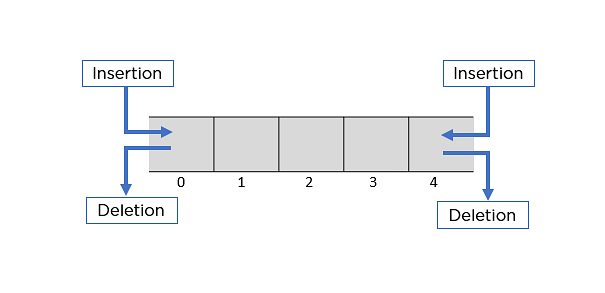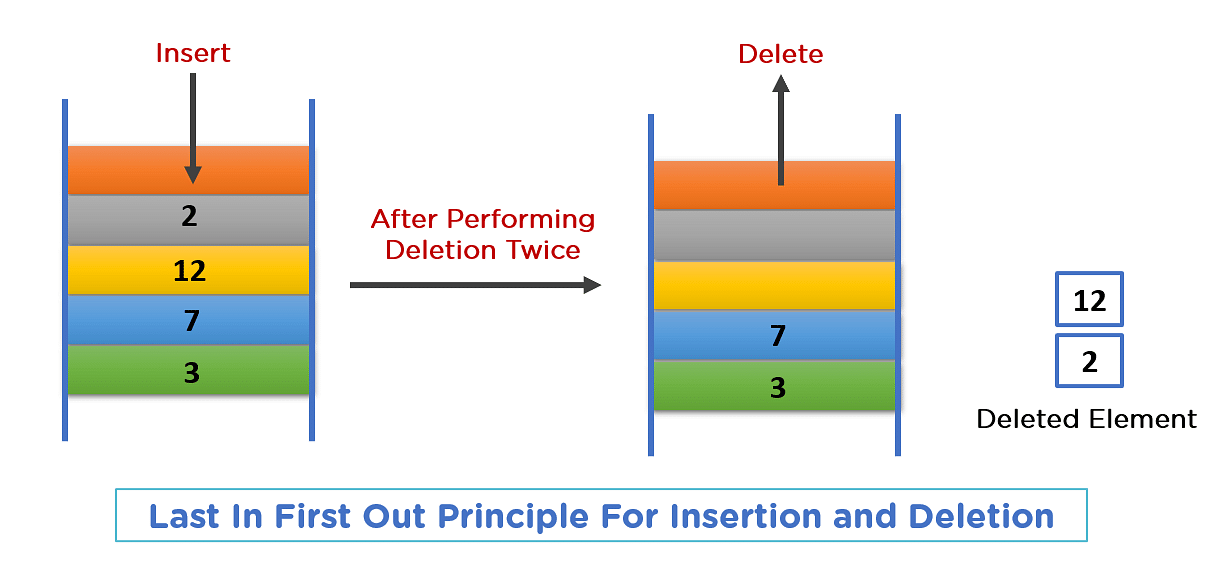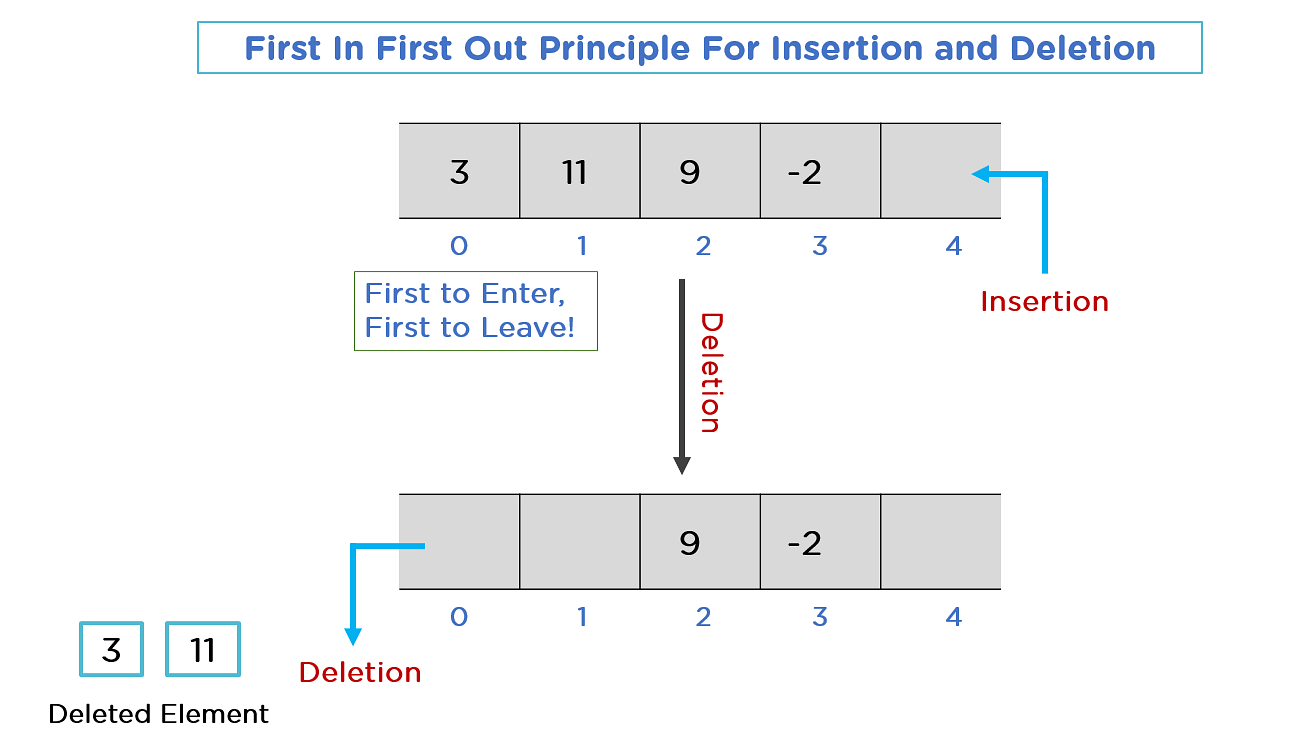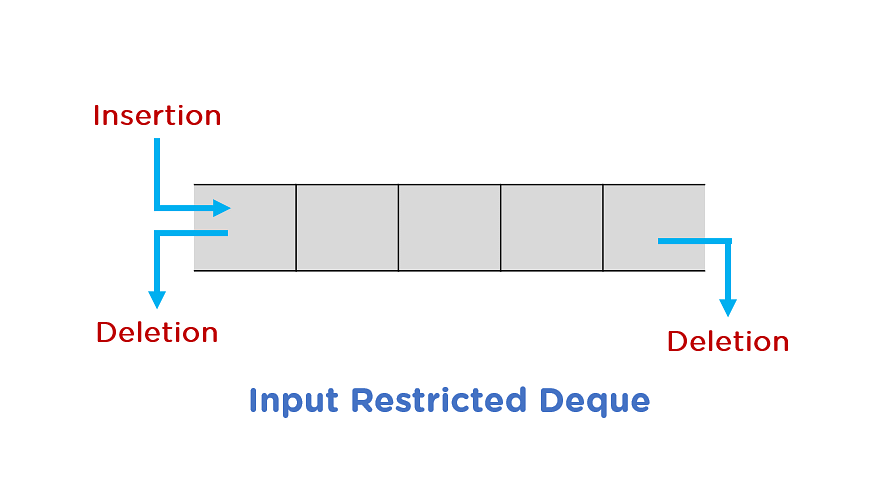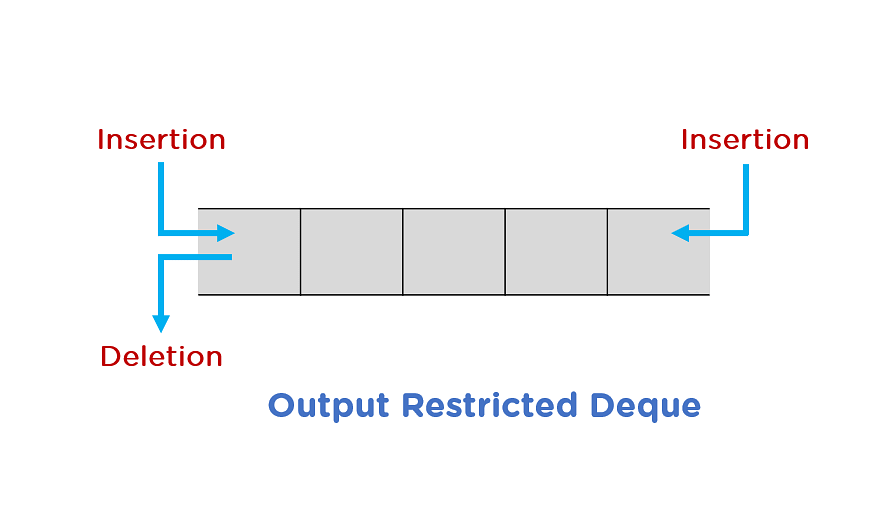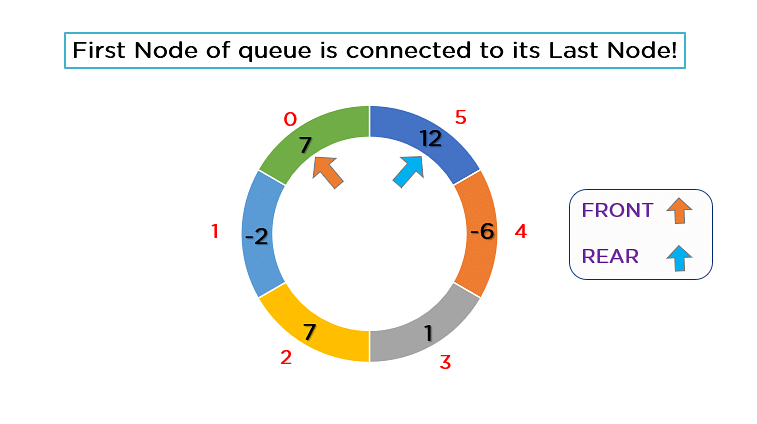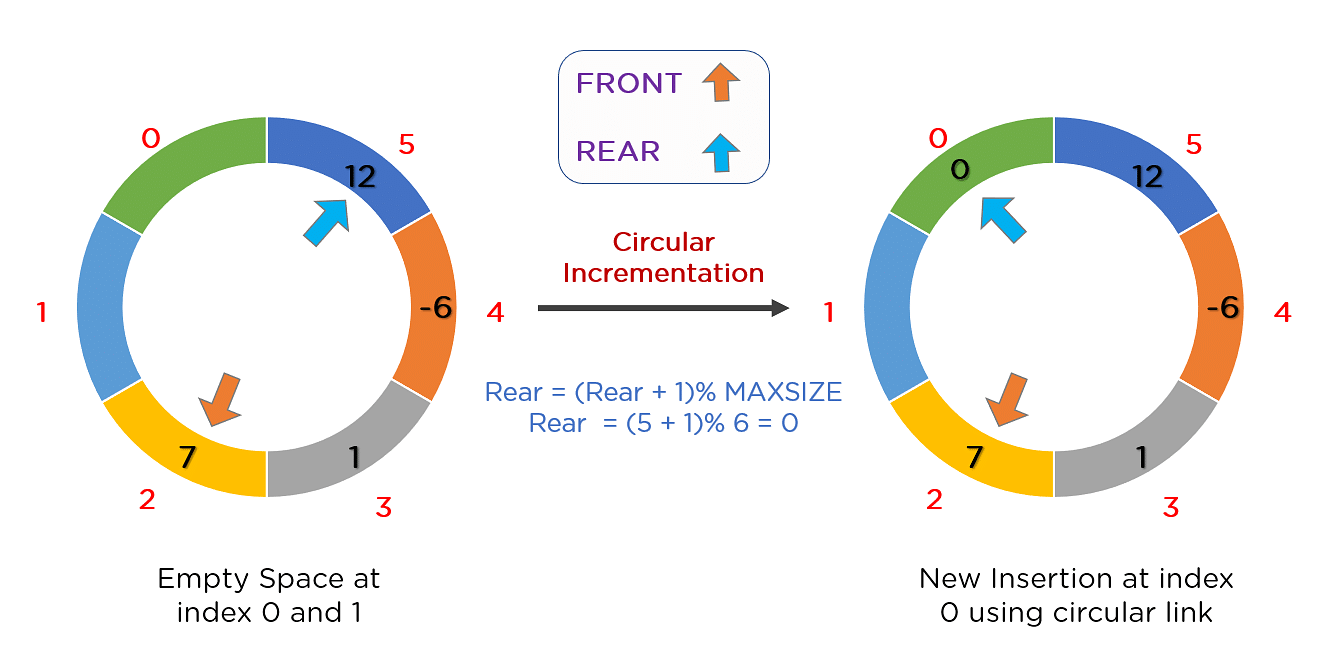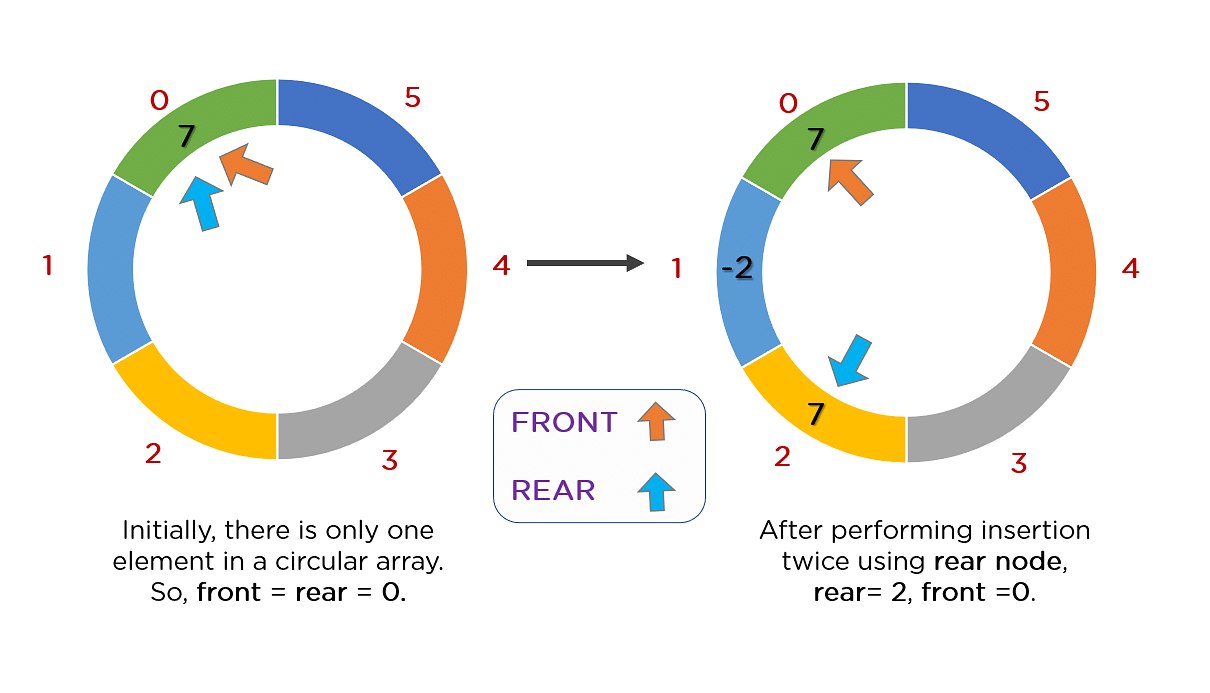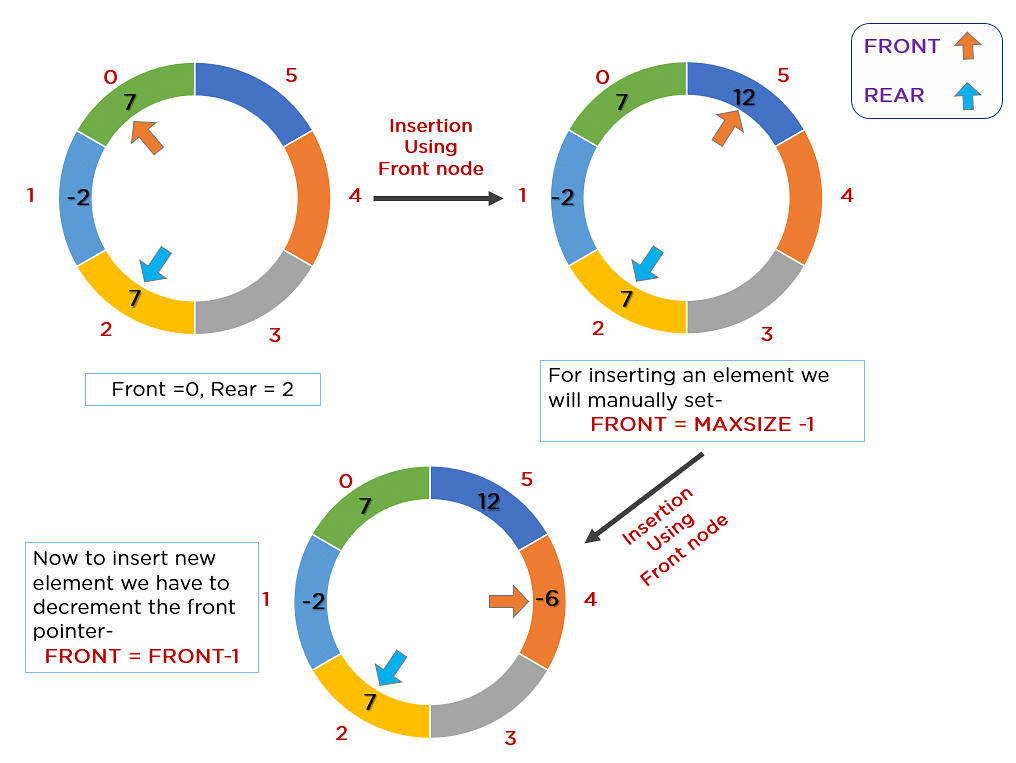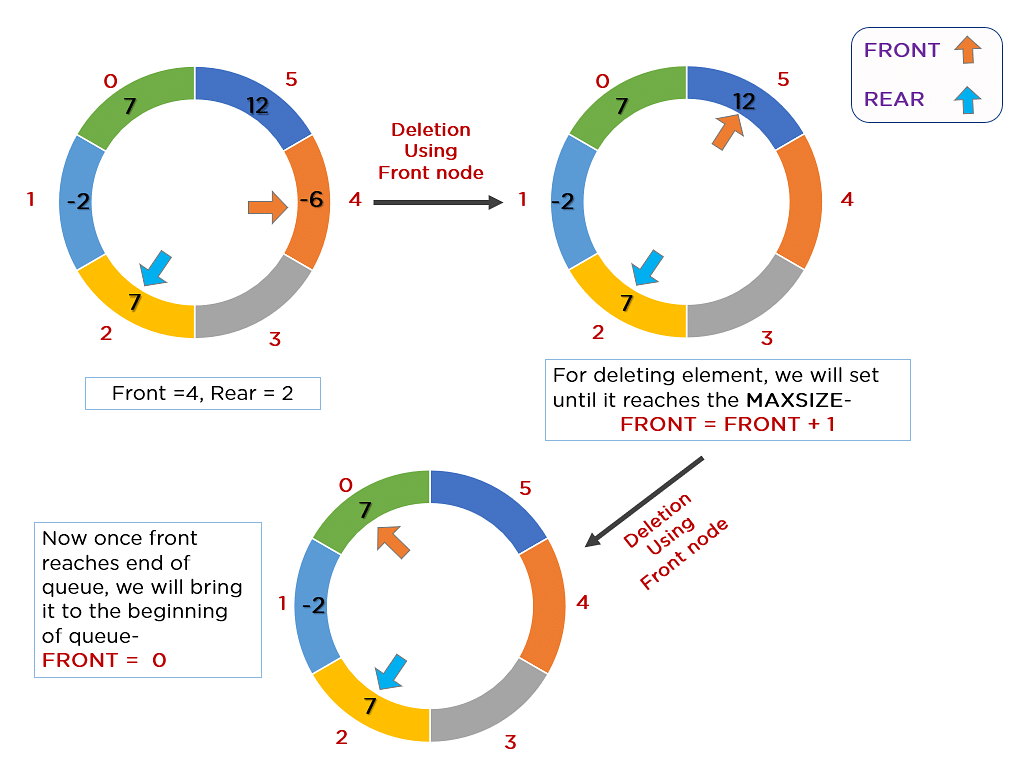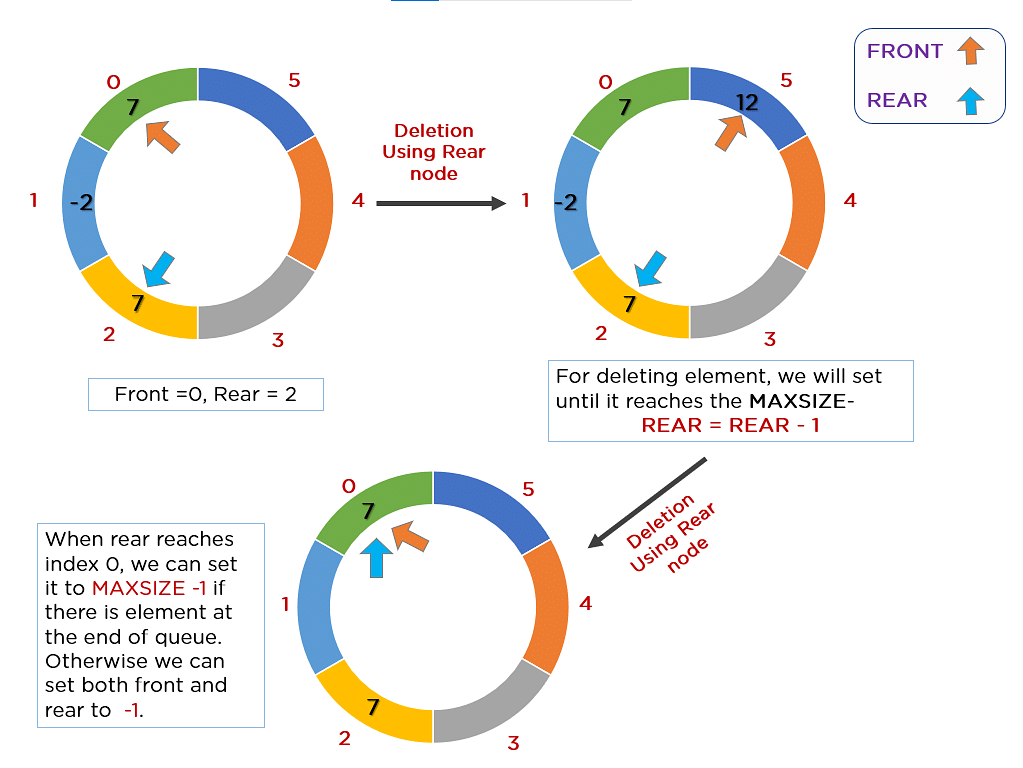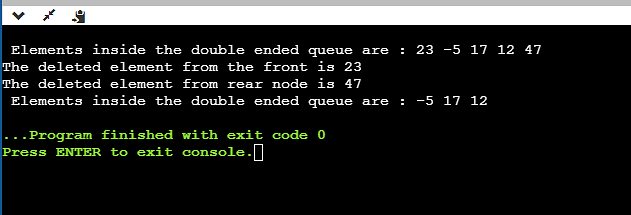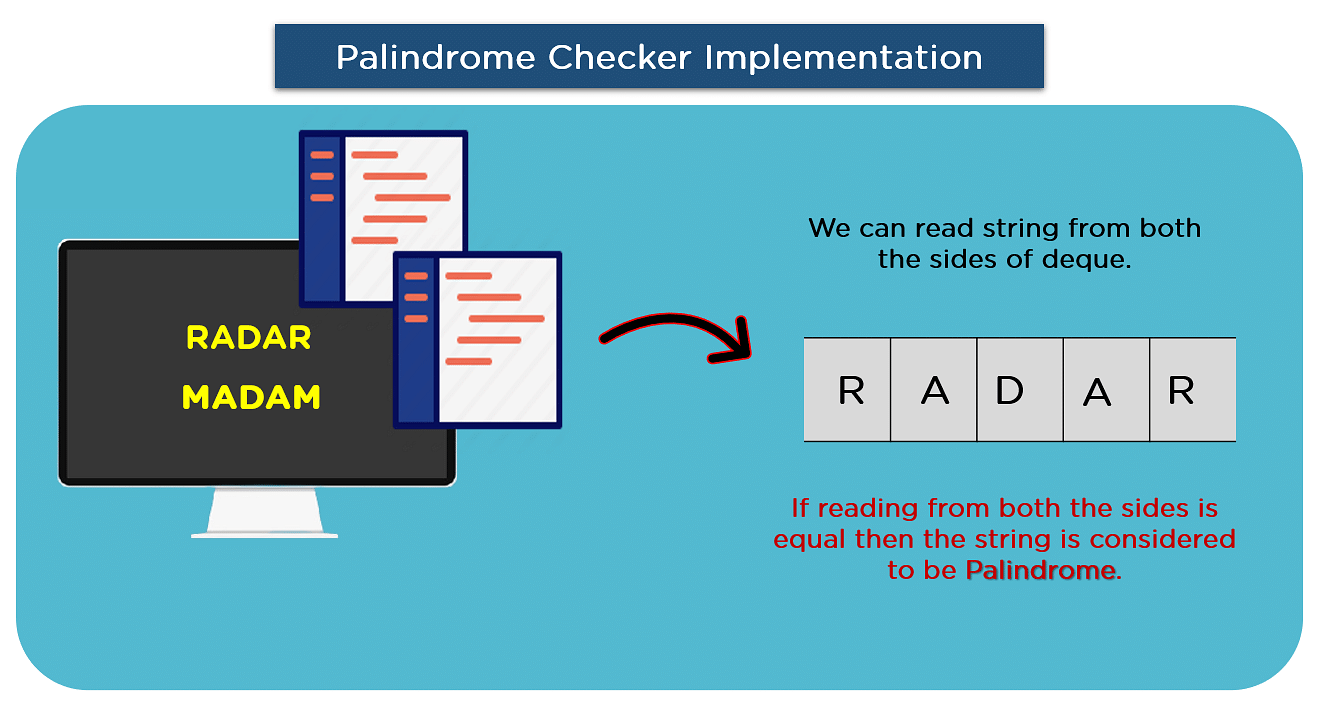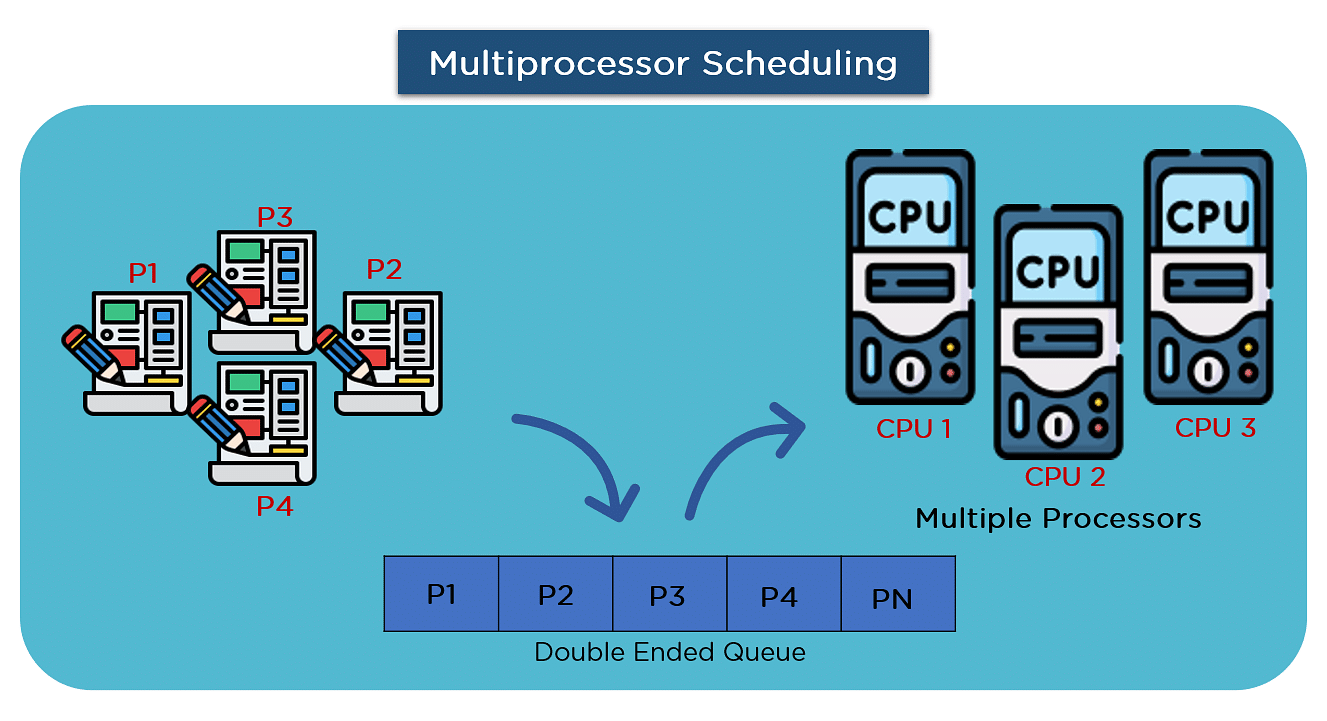Before we study the basic building blocks of the C programming language, let us look at a bare minimum C program structure so that we can take it as a reference in the upcoming chapters.
Hello World Example
A C program basically consists of the following parts −
- Preprocessor Commands
- Functions
- Variables
- Statements & Expressions
- Comments
Let us look at a simple code that would print the words "Hello World" −
#include <stdio.h>
int main() {
/* my first program in C */
printf("Hello, World! \n");
return 0;
}Let us take a look at the various parts of the above program −
The first line of the program #include <stdio.h> is a preprocessor command, which tells a C compiler to include stdio.h file before going to actual compilation.
The next line int main() is the main function where the program execution begins.
The next line /*...*/ will be ignored by the compiler and it has been put to add additional comments in the program. So such lines are called comments in the program.
The next line printf(...) is another function available in C which causes the message "Hello, World!" to be displayed on the screen.
The next line return 0; terminates the main() function and returns the value 0.
Compile and Execute C Program
Let us see how to save the source code in a file, and how to compile and run it. Following are the simple steps −
Open a text editor and add the above-mentioned code.
Save the file as hello.c
Open a command prompt and go to the directory where you have saved the file.
Type gcc hello.c and press enter to compile your code.
If there are no errors in your code, the command prompt will take you to the next line and would generate a.out executable file.
Now, type a.out to execute your program.
You will see the output "Hello World" printed on the screen.
$ gcc hello.c
$ ./a.out
Hello, World!
Make sure the gcc compiler is in your path and that you are running it in the directory containing the source file hello.c.
C - Command Line Arguments
It is possible to pass some values from the command line to your C programs when they are executed. These values are called command line arguments and many times they are important for your program especially when you want to control your program from outside instead of hard coding those values inside the code.
The command line arguments are handled using main() function arguments where argc refers to the number of arguments passed, and argv[] is a pointer array which points to each argument passed to the program. Following is a simple example which checks if there is any argument supplied from the command line and take action accordingly −
#include <stdio.h>
int main( int argc, char *argv[] ) {
if( argc == 2 ) {
printf("The argument supplied is %s\n", argv[1]);
}
else if( argc > 2 ) {
printf("Too many arguments supplied.\n");
}
else {
printf("One argument expected.\n");
}
}When the above code is compiled and executed with single argument, it produces the following result.
$./a.out testing
The argument supplied is testing
When the above code is compiled and executed with a two arguments, it produces the following result.
$./a.out testing1 testing2
Too many arguments supplied.
When the above code is compiled and executed without passing any argument, it produces the following result.
$./a.out
One argument expected
It should be noted that argv[0] holds the name of the program itself and argv[1] is a pointer to the first command line argument supplied, and *argv[n] is the last argument. If no arguments are supplied, argc will be one, and if you pass one argument then argc is set at 2.
You pass all the command line arguments separated by a space, but if argument itself has a space then you can pass such arguments by putting them inside double quotes "" or single quotes ''. Let us re-write above example once again where we will print program name and we also pass a command line argument by putting inside double quotes −
#include <stdio.h>
int main( int argc, char *argv[] ) {
printf("Program name %s\n", argv[0]);
if( argc == 2 ) {
printf("The argument supplied is %s\n", argv[1]);
}
else if( argc > 2 ) {
printf("Too many arguments supplied.\n");
}
else {
printf("One argument expected.\n");
}
}When the above code is compiled and executed with a single argument separated by space but inside double quotes, it produces the following result.
$./a.out "testing1 testing2"
Program name ./a.out
The argument supplied is testing1 testing2

